Home>Gardening & Outdoor>Landscaping Ideas>Why Artificial Turf Is Better Than Natural Grass
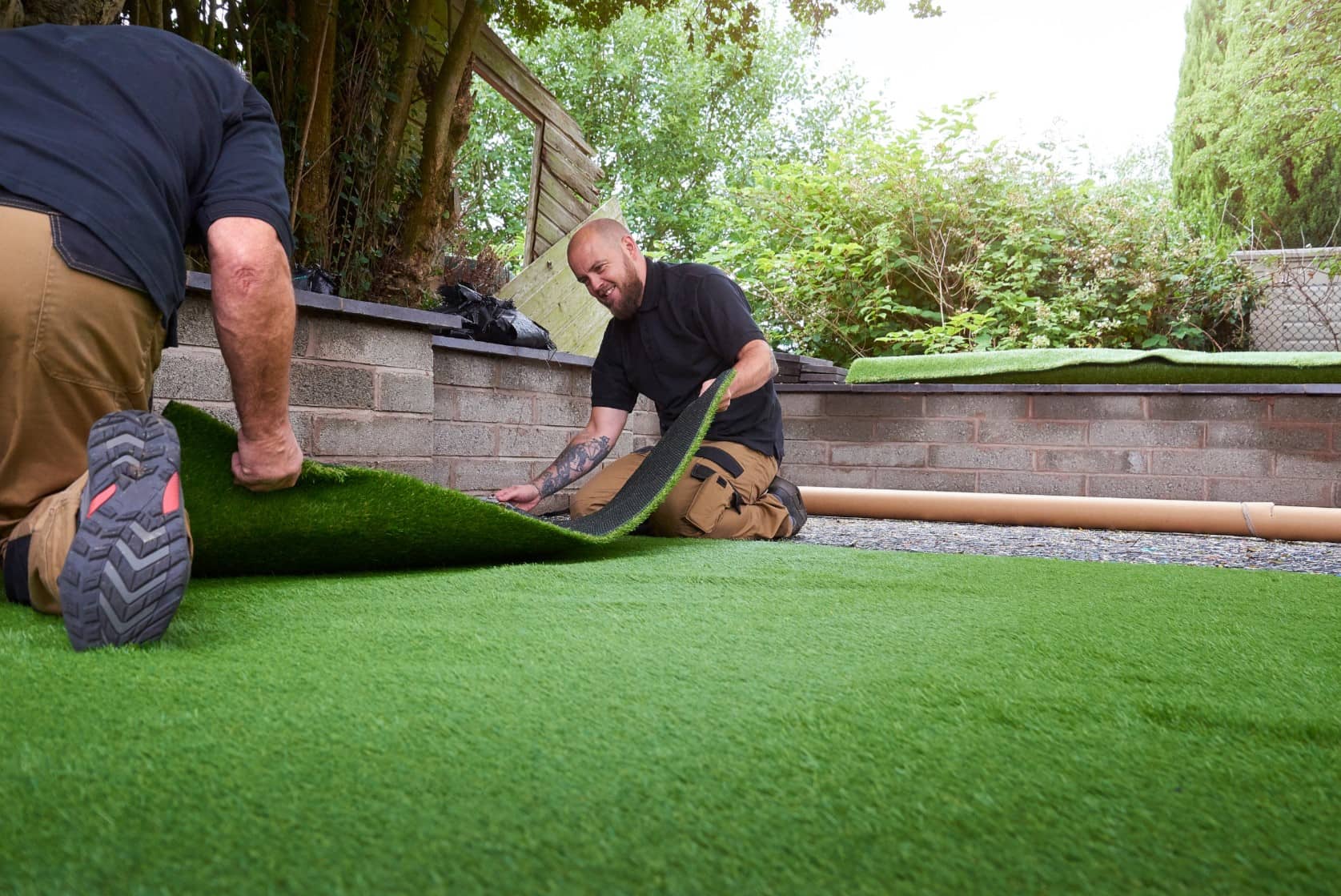

Landscaping Ideas
Why Artificial Turf Is Better Than Natural Grass
Modified: August 28, 2024
Discover the benefits of artificial turf over natural grass for landscaping ideas. Save time, money, and effort with low-maintenance artificial turf.
(Many of the links in this article redirect to a specific reviewed product. Your purchase of these products through affiliate links helps to generate commission for Storables.com, at no extra cost. Learn more)
Introduction
When it comes to landscaping, the choice between artificial turf and natural grass is a decision that homeowners, businesses, and sports facilities often grapple with. Both options have their merits, but in recent years, artificial turf has gained significant traction due to its numerous advantages over natural grass. In this article, we will delve into the various aspects of artificial turf and explore why it is a superior choice compared to natural grass for landscaping and sports surfaces.
Artificial turf, also known as synthetic grass, is a manufactured surface designed to resemble natural grass. It is commonly used in residential lawns, commercial landscapes, playgrounds, and sports fields. Over the years, technological advancements have transformed artificial turf into a highly realistic and sustainable alternative to traditional grass lawns.
As we navigate through the environmental impact, durability, maintenance requirements, cost efficiency, and performance attributes of artificial turf, it will become evident why this synthetic solution has become the preferred option for many property owners and sports enthusiasts. Let’s explore the myriad benefits that make artificial turf a compelling choice for modern landscaping and recreational surfaces.
Key Takeaways:
- Artificial turf is a superior choice for landscaping due to its eco-friendly nature, minimal maintenance, and cost efficiency, making it a practical and sustainable option for property owners and sports enthusiasts.
- With its durability, consistent playability, and environmental benefits, artificial turf offers a resilient and safe surface for sports fields, playgrounds, and recreational areas, providing a practical and reliable solution for a wide range of activities.
Read more: Why Is Grass Better Than Turf
Environmental Impact
One of the primary considerations when choosing between artificial turf and natural grass is the environmental impact of each option. While natural grass is often perceived as eco-friendly, the reality is more complex. Maintaining a lush, verdant lawn requires significant water consumption, especially in regions prone to drought. Additionally, the use of fertilizers, herbicides, and pesticides to maintain natural grass can contribute to water pollution and harm local ecosystems.
On the other hand, artificial turf offers a more sustainable choice. By opting for synthetic grass, property owners can significantly reduce their water usage, alleviating the strain on local water resources. Furthermore, the absence of chemical treatments eliminates the risk of water contamination, promoting environmental conservation. Modern artificial turf is also designed to be permeable, allowing for efficient drainage and minimizing runoff, which can help mitigate flooding and erosion.
Another environmental benefit of artificial turf is its reduced carbon footprint. Unlike natural grass, which requires regular mowing and maintenance using fossil fuel-powered equipment, synthetic grass eliminates the need for such ongoing emissions. Additionally, the longevity of artificial turf minimizes the demand for replacement, further reducing overall resource consumption.
It is important to note that advancements in manufacturing processes have led to the development of eco-friendly artificial turf materials, incorporating recycled components and sustainable manufacturing practices. By choosing artificial turf, property owners can contribute to the conservation of natural resources and the preservation of biodiversity, making it a compelling choice for environmentally conscious landscaping and sports surface solutions.
Durability and Maintenance
When comparing artificial turf to natural grass, durability and maintenance are crucial factors that significantly differentiate the two options. Natural grass lawns demand ongoing care, including mowing, watering, and pest control, to maintain their aesthetic appeal. Moreover, inclement weather conditions, such as heavy rainfall or prolonged drought, can impact the health and appearance of natural grass, requiring additional resources and effort to restore its vitality.
On the contrary, artificial turf offers exceptional durability and requires minimal maintenance. Synthetic grass is engineered to withstand varying weather patterns, including extreme heat and heavy rainfall, without compromising its visual appeal or structural integrity. This resilience ensures that artificial turf remains lush and vibrant throughout the year, regardless of environmental factors that may impact natural grass.
In terms of maintenance, artificial turf significantly reduces the time and resources required for upkeep. Unlike natural grass, which necessitates regular mowing, watering, and fertilization, synthetic grass only requires occasional rinsing to remove debris and the application of a gentle cleaning solution for more thorough maintenance. Additionally, the absence of pesticides and herbicides eliminates the need for chemical treatments, promoting a safer and more sustainable outdoor environment.
Furthermore, artificial turf eliminates the need for extensive lawn care equipment, such as lawn mowers and trimmers, reducing noise pollution and the consumption of fossil fuels. This streamlined maintenance approach not only saves time and effort for property owners but also contributes to a more eco-friendly landscape management strategy.
Overall, the superior durability and minimal maintenance requirements of artificial turf make it an attractive choice for homeowners, businesses, and sports facilities seeking a resilient and low-maintenance landscaping solution.
Artificial turf requires less maintenance than natural grass, saving time and money in the long run. It also stays green and usable in all weather conditions, providing a consistent playing surface.
Cost Efficiency
Cost efficiency is a pivotal consideration for property owners and facility managers when evaluating landscaping options. While the initial investment for artificial turf may be higher than natural grass, the long-term cost savings and financial benefits make it a compelling choice.
When comparing natural grass to artificial turf, the ongoing expenses associated with maintenance, water consumption, and landscaping equipment must be taken into account. Natural grass lawns require regular watering, which can significantly elevate water bills, particularly in regions with arid climates or water restrictions. Additionally, the cost of fertilizers, herbicides, and pesticides for natural grass maintenance can accumulate over time, adding to the overall expenditure.
Conversely, artificial turf offers substantial cost savings in the long run. The minimal maintenance requirements of synthetic grass translate to reduced water usage and lower utility bills. Property owners can also eliminate the recurring expenses of lawn care products and equipment, resulting in long-term financial benefits. Moreover, the durability of artificial turf ensures that it maintains its pristine appearance without the need for frequent replacements, further contributing to cost efficiency.
Another financial advantage of artificial turf is its resilience to inclement weather and heavy foot traffic. Unlike natural grass, which may require extensive restoration after adverse weather conditions or intense use, synthetic grass remains resilient and visually appealing, minimizing the need for costly repairs or reseeding.
Furthermore, the versatility of artificial turf makes it a cost-effective solution for various applications, including residential landscapes, commercial properties, and sports fields. Its adaptability to diverse environments and its ability to withstand rigorous use make it a sound investment for property owners and facility managers seeking long-term value and financial savings.
Performance and Playability
When it comes to sports surfaces and recreational areas, the performance and playability of the chosen landscaping option are paramount. Artificial turf has emerged as the preferred choice for sports fields, playgrounds, and outdoor recreational spaces due to its exceptional performance attributes and consistent playability.
Unlike natural grass, which is susceptible to wear and tear, artificial turf offers unparalleled durability, making it an ideal surface for high-impact activities and sports. Its resilient composition ensures that it can withstand heavy foot traffic, sports equipment, and a wide range of recreational pursuits without compromising its integrity. This durability translates to consistent playability, providing athletes and recreational participants with a reliable and uniform surface for their activities.
Moreover, the advanced design of artificial turf enables efficient drainage, ensuring that the playing surface remains dry and accessible even after heavy rainfall. This feature minimizes the risk of waterlogging and ensures that sports events and recreational activities can proceed without disruption, enhancing the overall playability of the area.
Artificial turf’s adaptability to various weather conditions further enhances its performance, making it an ideal choice for outdoor sports fields and recreational spaces in diverse climates. Whether in hot, arid regions or areas prone to heavy rainfall, synthetic grass maintains its consistency and playability, providing a reliable surface for athletic endeavors and leisure activities throughout the year.
Furthermore, the cushioning and shock-absorbing properties of artificial turf contribute to enhanced safety for athletes and recreational participants. The even and supportive surface reduces the risk of impact-related injuries, making it a preferred choice for sports fields and playgrounds.
Overall, the superior performance and playability of artificial turf make it an optimal choice for sports facilities, playgrounds, and recreational areas, providing a safe, durable, and consistent surface for a wide range of activities and athletic pursuits.
Read more: Why Is Clover Better Than Grass
Conclusion
As we conclude our exploration of artificial turf versus natural grass, it becomes evident that synthetic grass offers a multitude of advantages that position it as a superior choice for landscaping and sports surfaces. From its environmental sustainability and cost efficiency to its durability, minimal maintenance requirements, and exceptional performance attributes, artificial turf stands out as a versatile and practical solution for residential, commercial, and recreational applications.
Environmental considerations play a pivotal role in the decision-making process, and artificial turf aligns with sustainable practices by significantly reducing water consumption, eliminating the need for chemical treatments, and minimizing its carbon footprint. These eco-friendly qualities make synthetic grass an appealing option for environmentally conscious property owners and facility managers seeking to create vibrant and sustainable outdoor spaces.
When evaluating the long-term cost efficiency of landscaping options, artificial turf emerges as a sound investment, offering substantial savings in water usage, maintenance expenses, and the longevity of the playing surface. Its resilience to adverse weather conditions and heavy use further contributes to its financial benefits, making it a prudent choice for property owners and sports facility operators.
The superior durability and minimal maintenance requirements of artificial turf not only alleviate the burden of ongoing upkeep but also ensure a consistently lush and vibrant surface throughout the year. This durability, combined with the exceptional performance and playability of synthetic grass, makes it an optimal choice for sports fields, playgrounds, and recreational areas, providing a safe and reliable surface for a diverse range of activities and athletic pursuits.
In essence, artificial turf has evolved into a sustainable, cost-effective, and high-performance alternative to natural grass, offering property owners and facility managers a versatile solution for creating visually stunning landscapes and durable sports surfaces. With its myriad benefits and adaptability to diverse environments, artificial turf has established itself as a leading choice in modern landscaping and recreational development, shaping the outdoor spaces of today and the future.
Frequently Asked Questions about Why Artificial Turf Is Better Than Natural Grass
Was this page helpful?
At Storables.com, we guarantee accurate and reliable information. Our content, validated by Expert Board Contributors, is crafted following stringent Editorial Policies. We're committed to providing you with well-researched, expert-backed insights for all your informational needs.

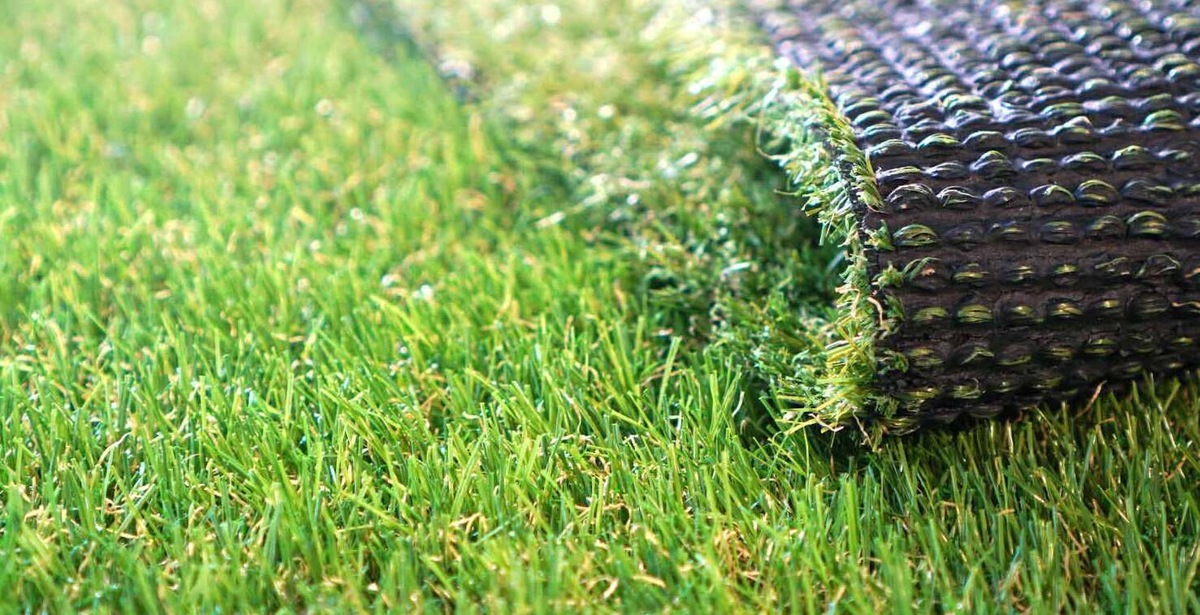
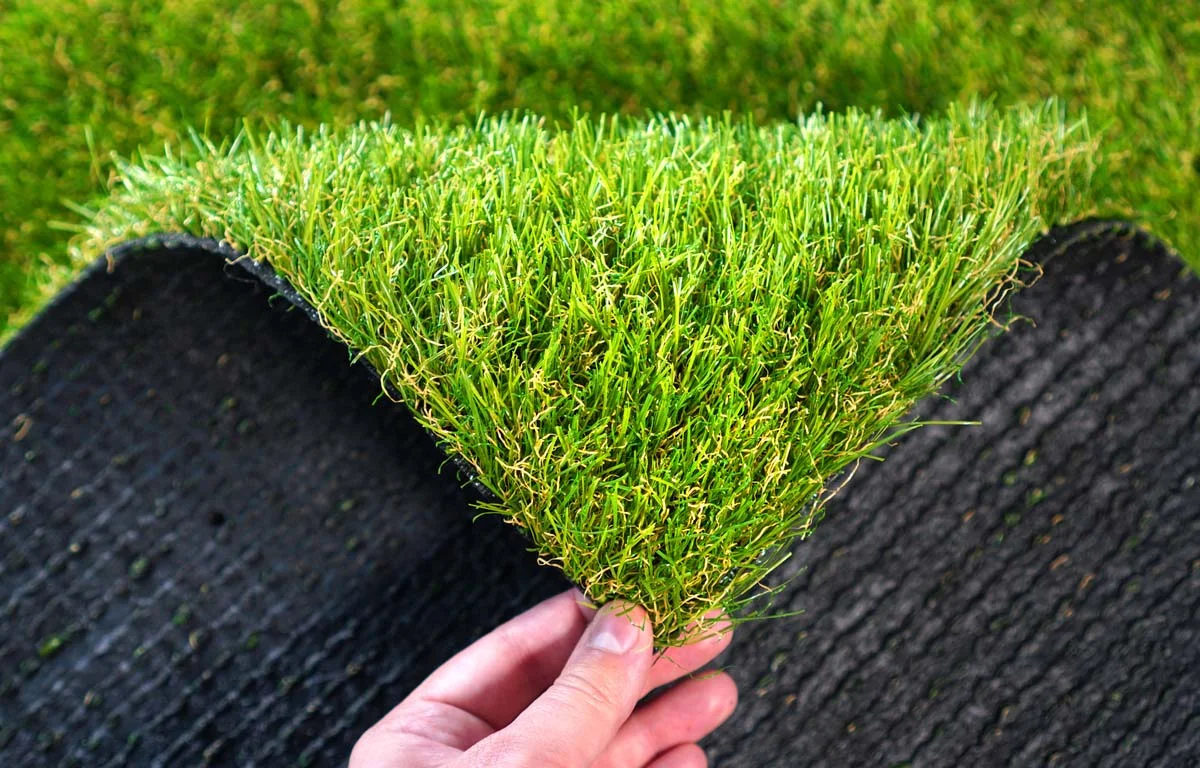
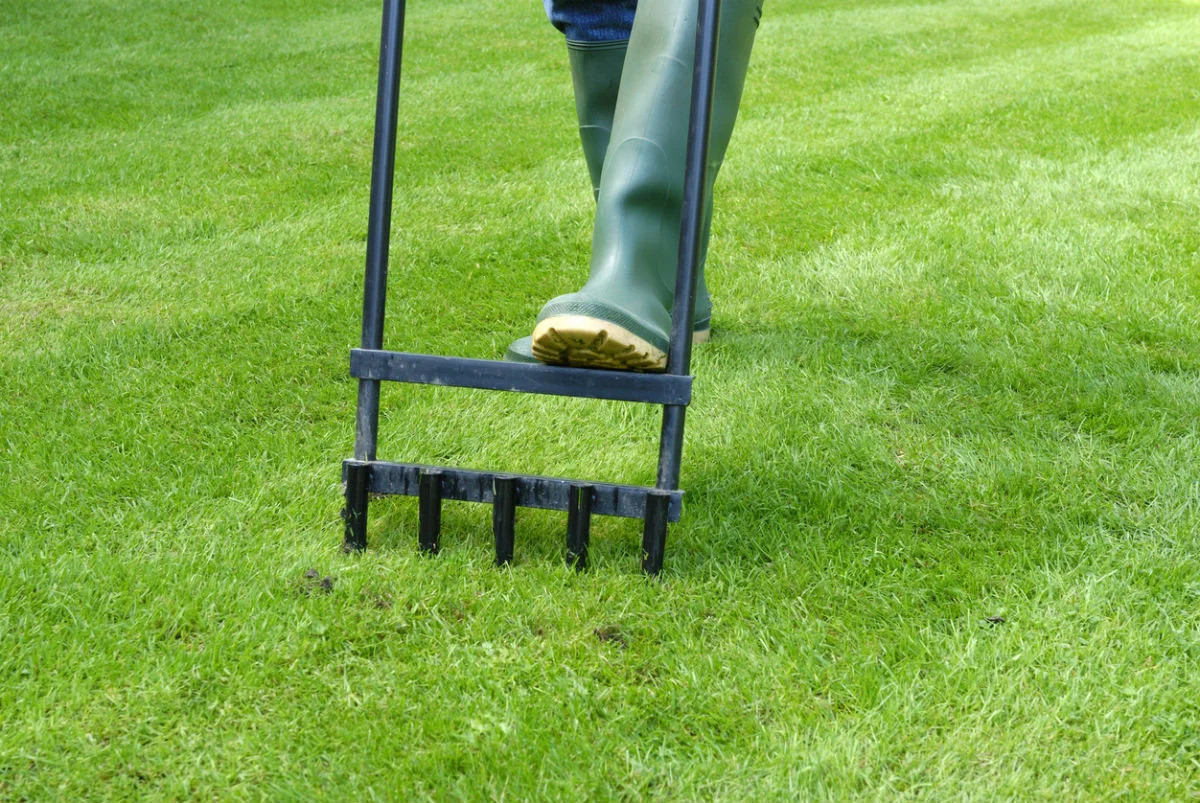
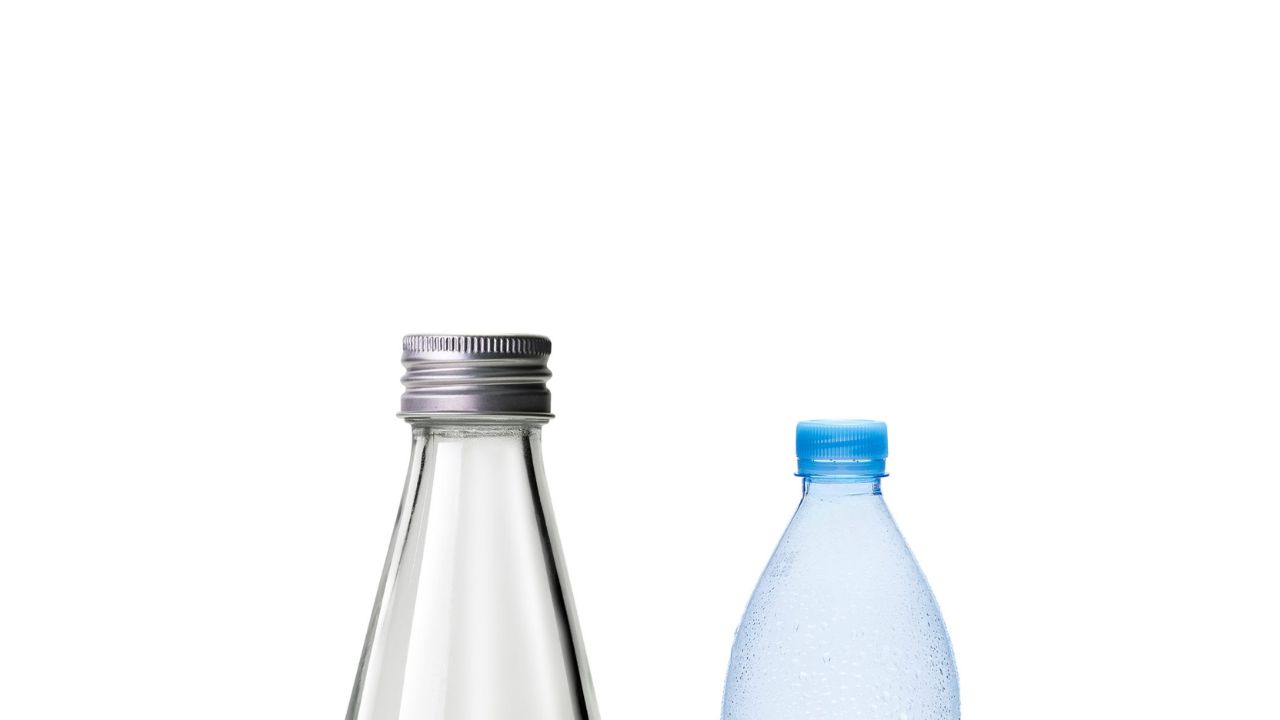

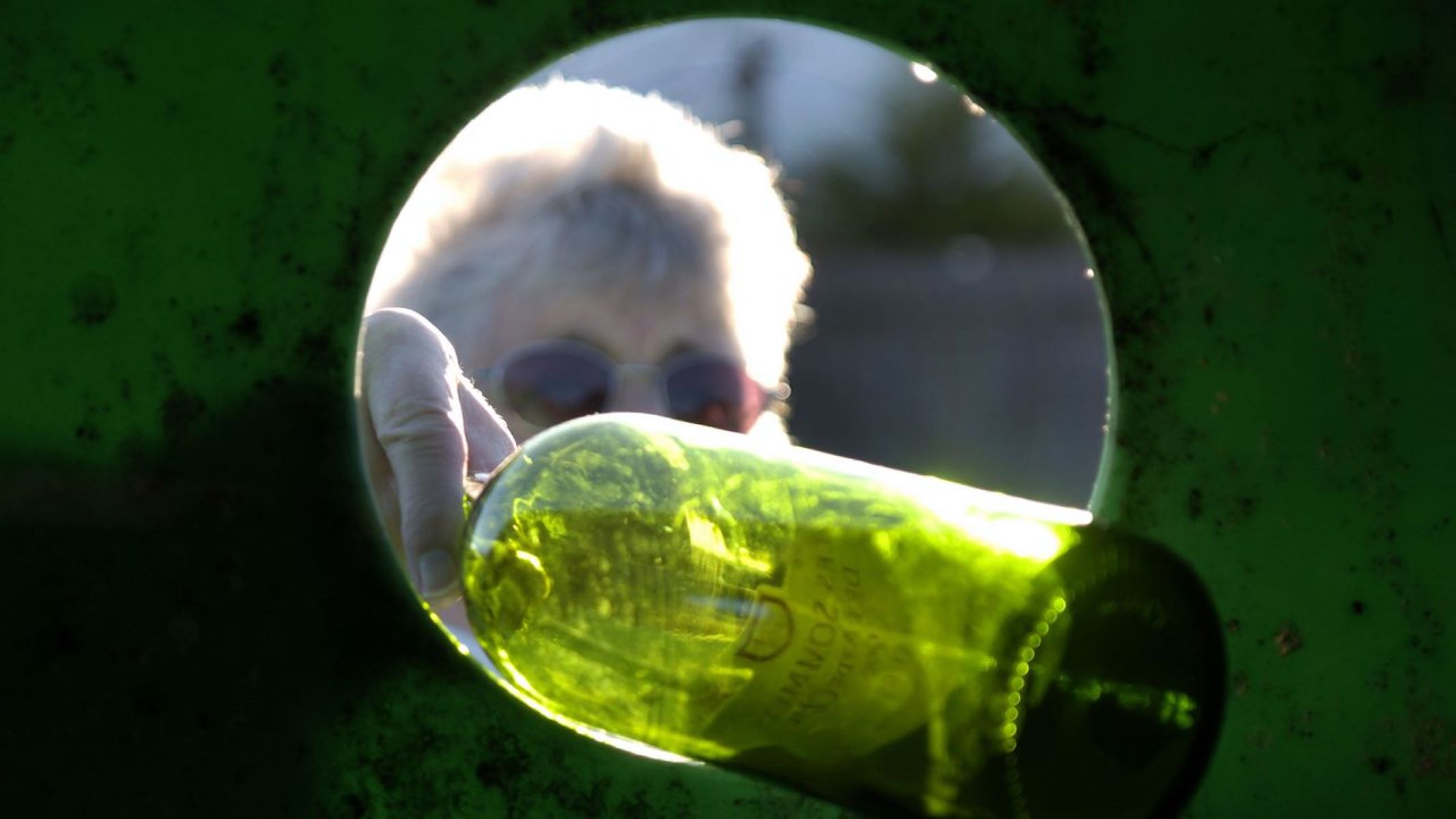
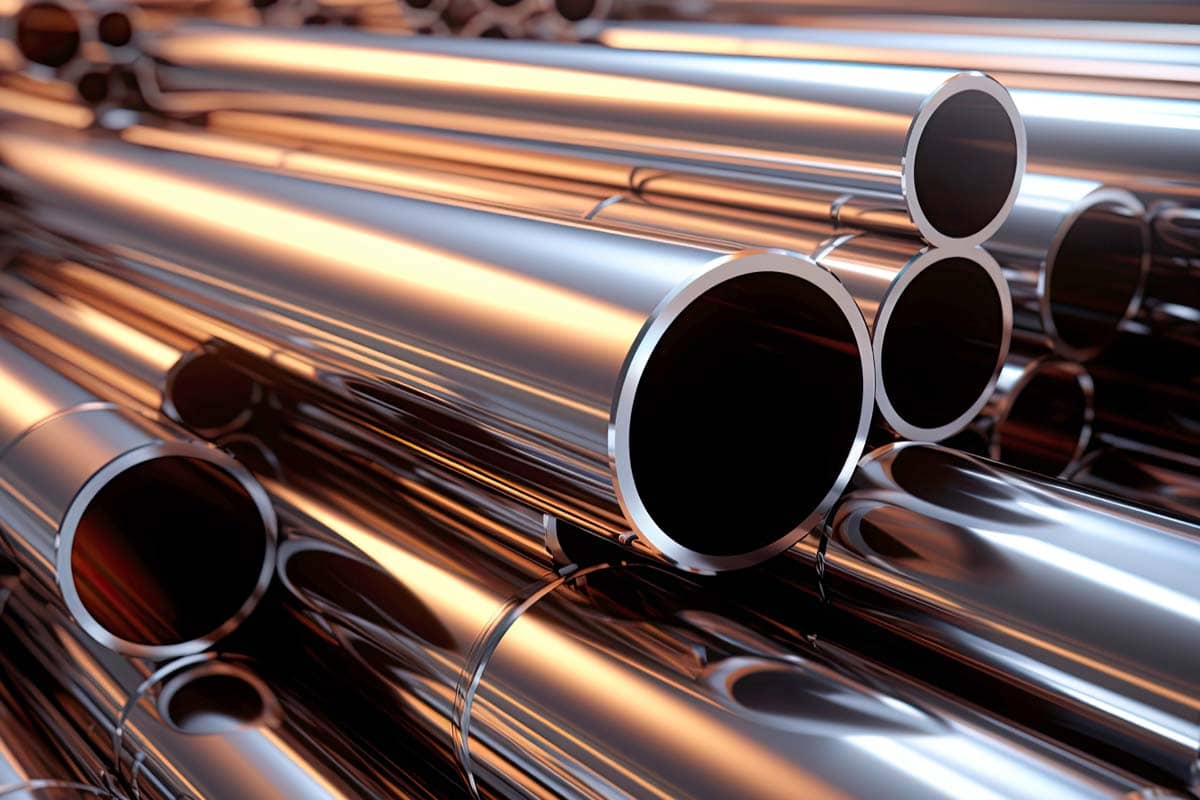
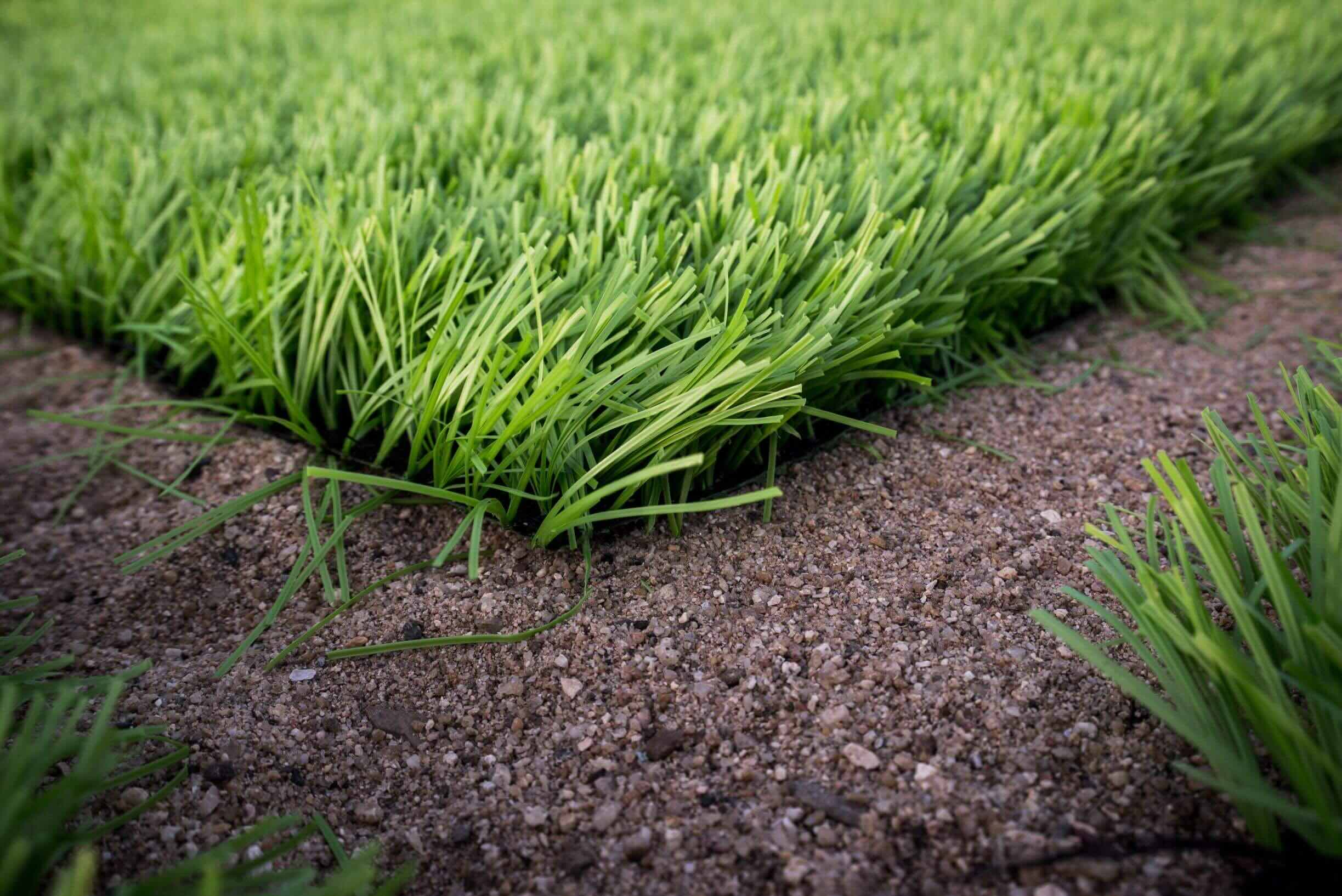
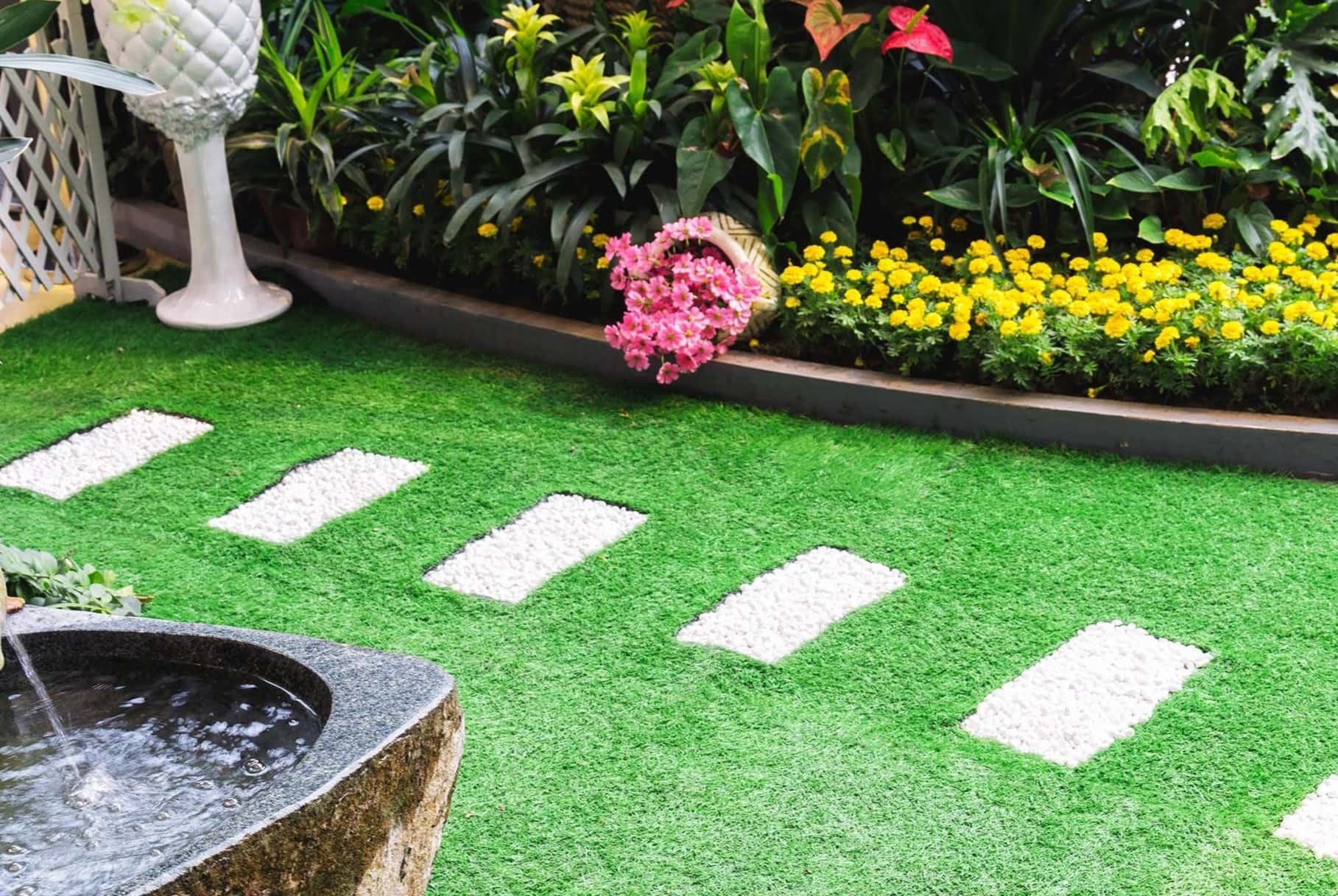
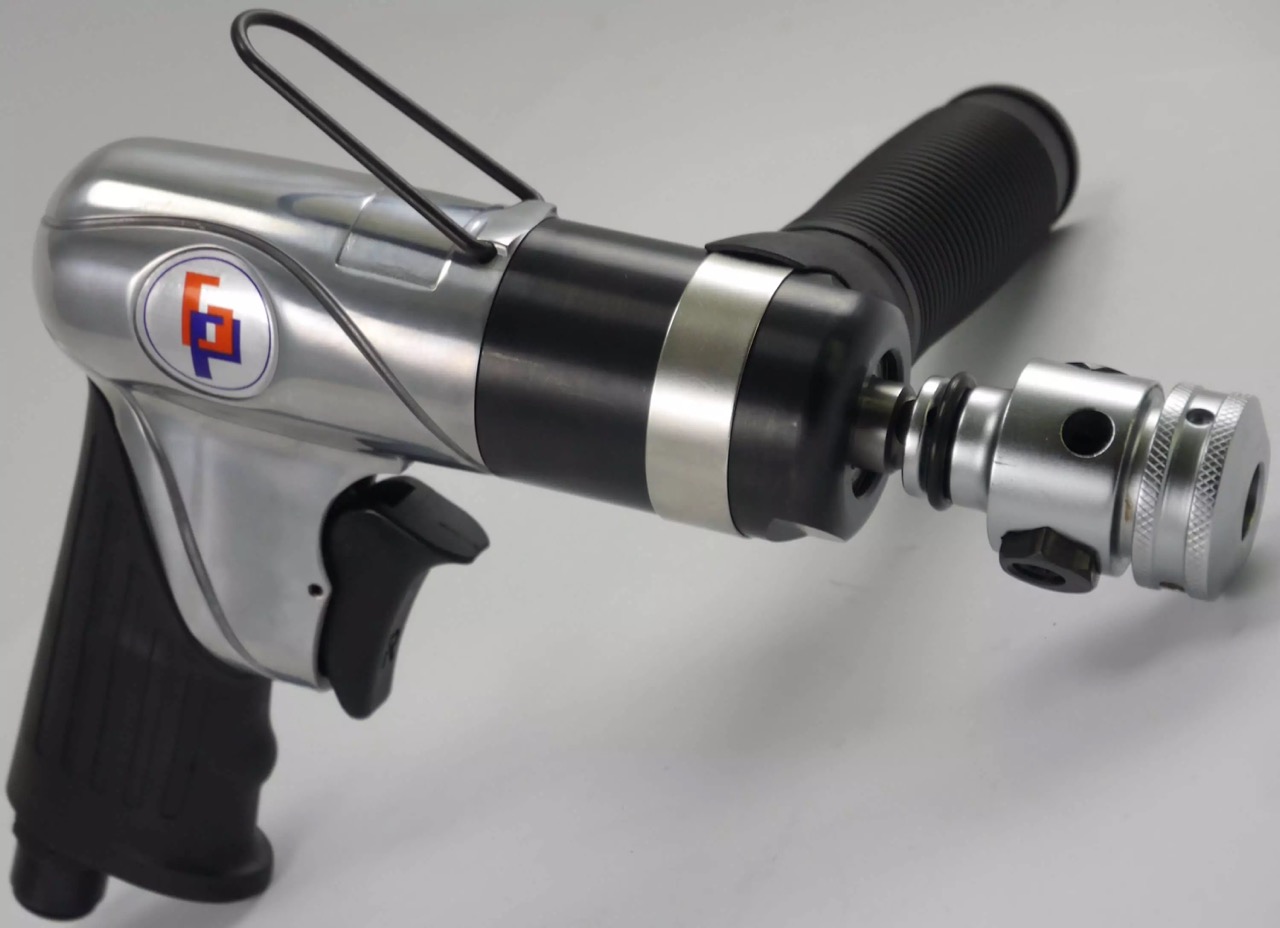
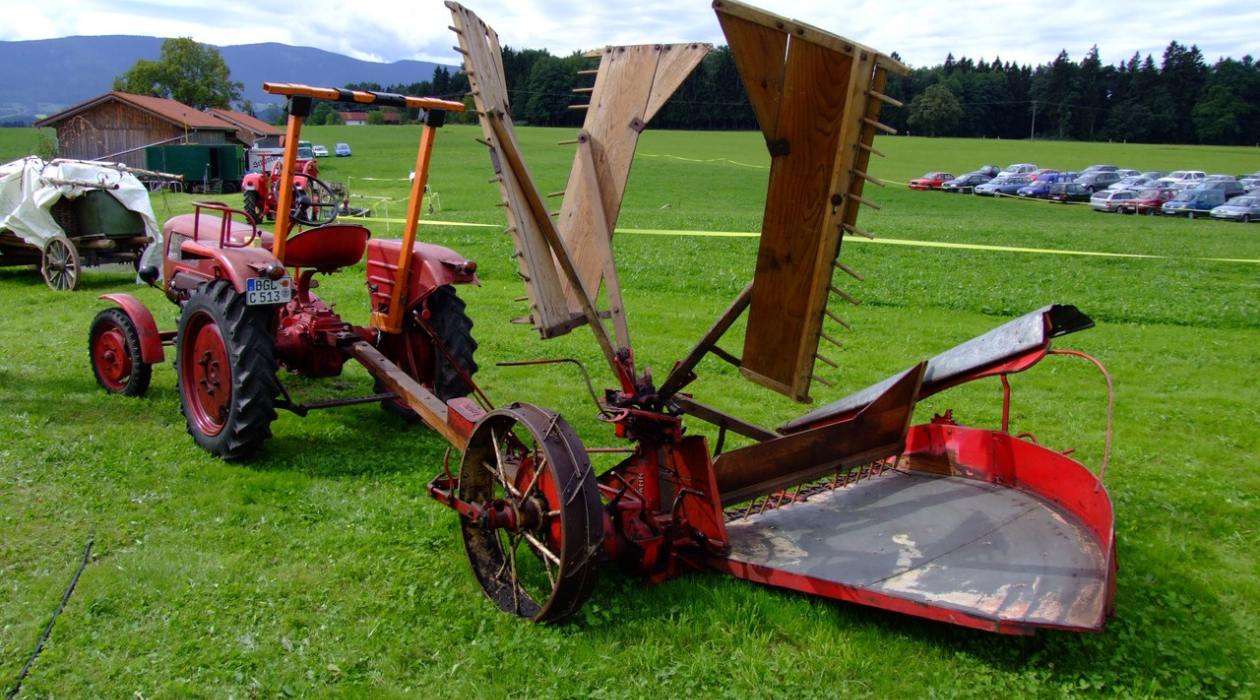
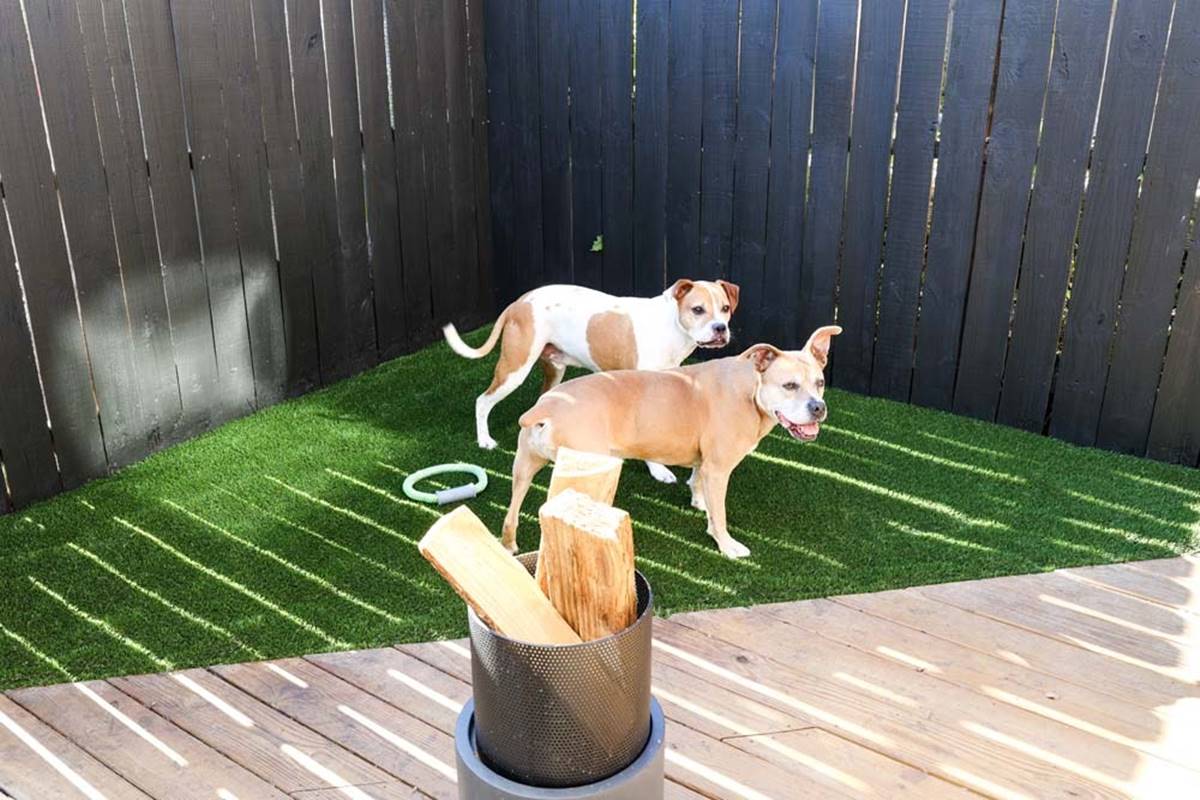
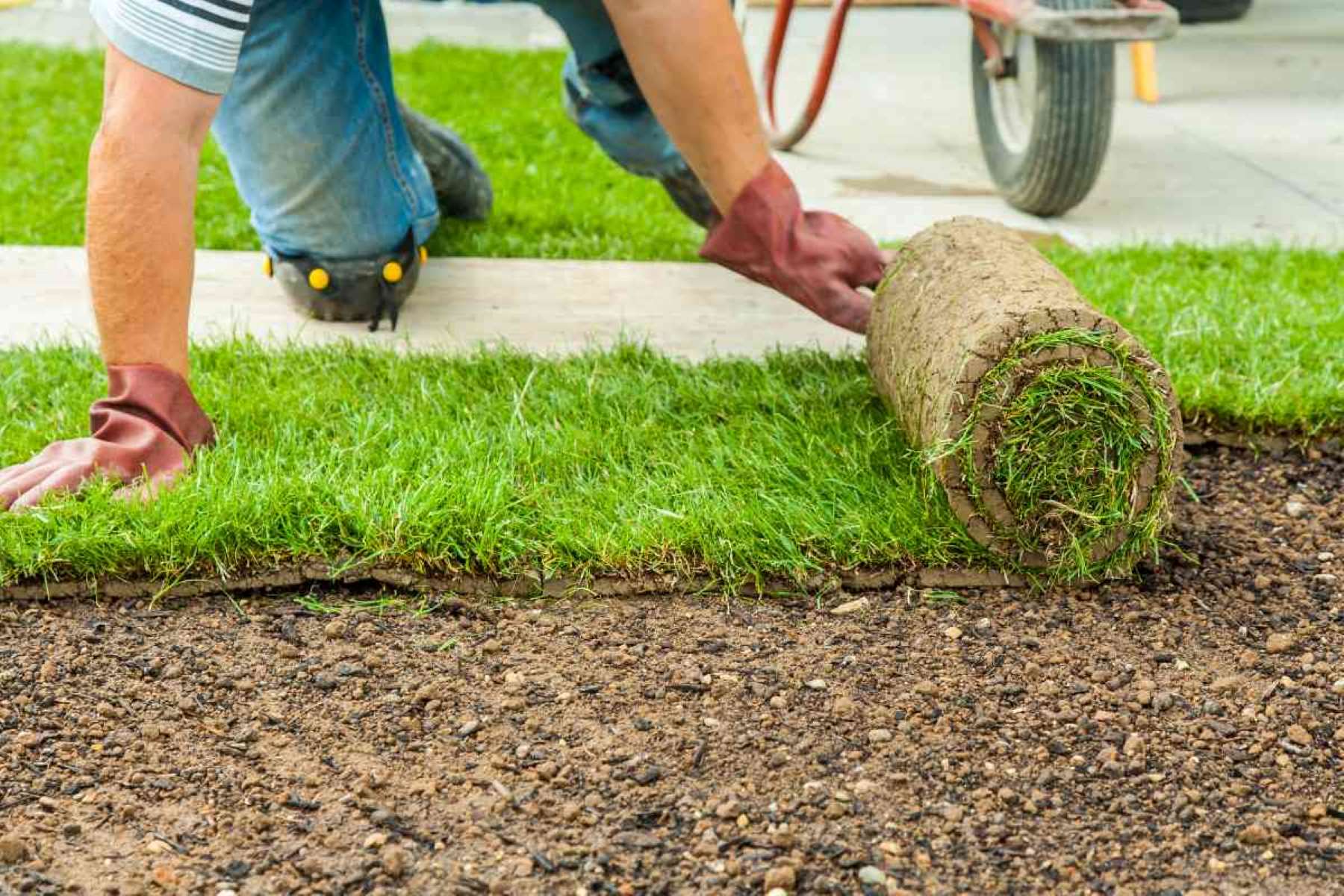

0 thoughts on “Why Artificial Turf Is Better Than Natural Grass”